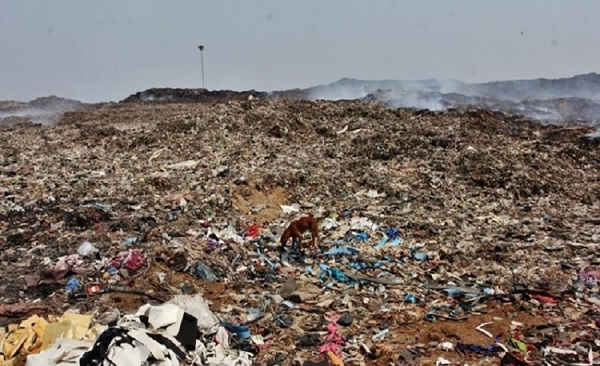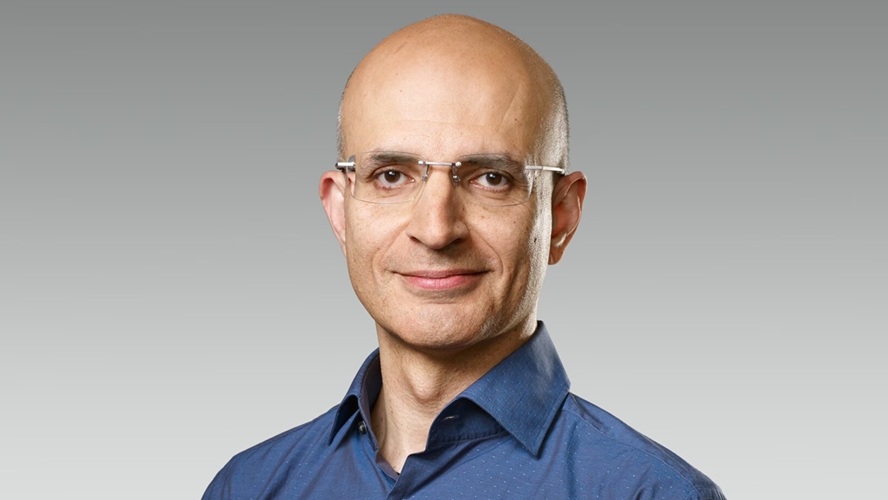 The civic body has equipped local residents with spraying machines and every few hours they go about spraying the blocks and sanitising them
The civic body has equipped local residents with spraying machines and every few hours they go about spraying the blocks and sanitising them
By Ashok Kumar
MUMBAI – For the hundreds of thousands of motorists entering Mumbai – or leaving the metropolis – it is a sight that has shocked for decades. Hardworking men and women, children, ageing residents and stray animals all crowd around this slum pocket, the second-largest in India after Dharavi.
Mankhurd-Govandi-Deonar, lying on the eastern periphery of Mumbai, is also a vibrant place despite its damaging environmental surroundings. The place is buzzing with activity from early morning till late at night.
It is home to India’s oldest and largest dumping ground, Deonar – spread over 130 hectares and daily seeing more than 6,000 tonnes of waste (including bio-medical) – being dumped. And just before the monsoons the figure jumps by 50 per cent because of the cleaning of drains. The dump soars to more than 150 feet high.
Not surprisingly, when the Coronavirus outbreak struck Mumbai, Mankhurd, Govandi, Deonar and Chembur east (all part of M ward east) emerged as among the three worst-hit wards. Home to nearly a million people, with the predominant majority living in slums, it had a high fatality rate, with the young being the worst-hit victims.
Rukshana Siddiqui, a Samajwadi Party leader and the local corporator, told Clarion India on Tuesday that the focus of the civic body was to tackle the crisis in Dharavi, the largest slum, ignoring the Mankhurd-Govandi-Deonar slum belt.
“We were shocked by the initial negligence of the area and met civic officials and emphasised the need to step up the campaign,” she says. With the death figures climbing, groups of individuals went around the slum colonies, urging people to take precautions.
Fortunately, top officials of the Mumbai municipal corporation also responded quickly. “We did a complete survey of the site and launched a massive campaign in the ward,” Sudhanshu Dwivedi, the assistant municipal commissioner for M east, told this correspondent.
The civic squad, with the help of 150 volunteers, did a massive site survey, conducting house-to-house checks, organised fever camps and ensured that those with the slightest signs were taken to clinics.
“About 80 to 85 per cent of the residents here are Muslims and we have been getting excellent cooperation,” points out the senior civic official, trudging around the slum colony in the afternoon. “Most of the residents are labourers, odd workers and drivers. My first priority during these rounds is to take care of residents above 60, many of who live in these slums.”
Not surprisingly, considering the proximity of the sprawling garbage dump, the Mankhurd-Govandi-Deonar belt is also among the most polluted in Mumbai. And residents live in close proximity, with some huts accommodating 15 to 20 adults and children in small units.
There are long queues from early morning outside the public toilets and bathrooms, with the residents rushing to get the daily routine done before heading for work.
The civic body has equipped local residents with spraying machines and every few hours they go about spraying the blocks and sanitising them. An immense challenge ahead, but fortunately both the residents and civic officials are working closely to tackle one of the biggest crises to have hit the world.






0 Comments